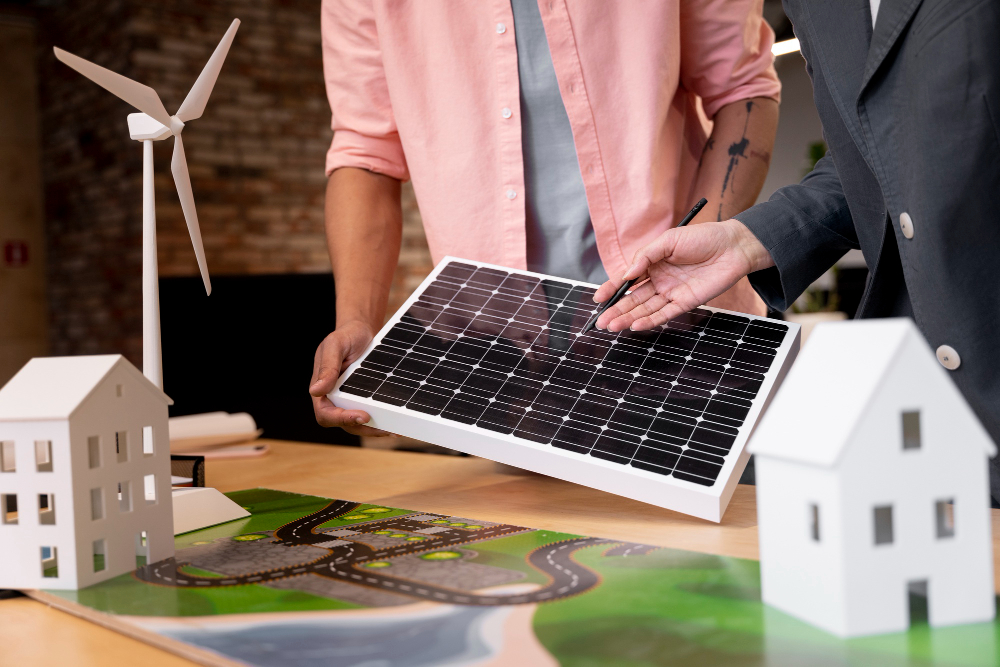Last updated on
In the era of environmental consciousness, upgrading your home sustainably is not just a trend but a necessity. As homeowners seek ways to reduce their carbon footprint, sustainable home improvements have become increasingly popular.
These upgrades not only contribute to a healthier planet but often result in energy savings and enhanced living comfort. This article delves into various sustainable home upgrade strategies, offering valuable insights for those eager to make a positive impact on the environment.
Understanding Sustainable Home Upgrades
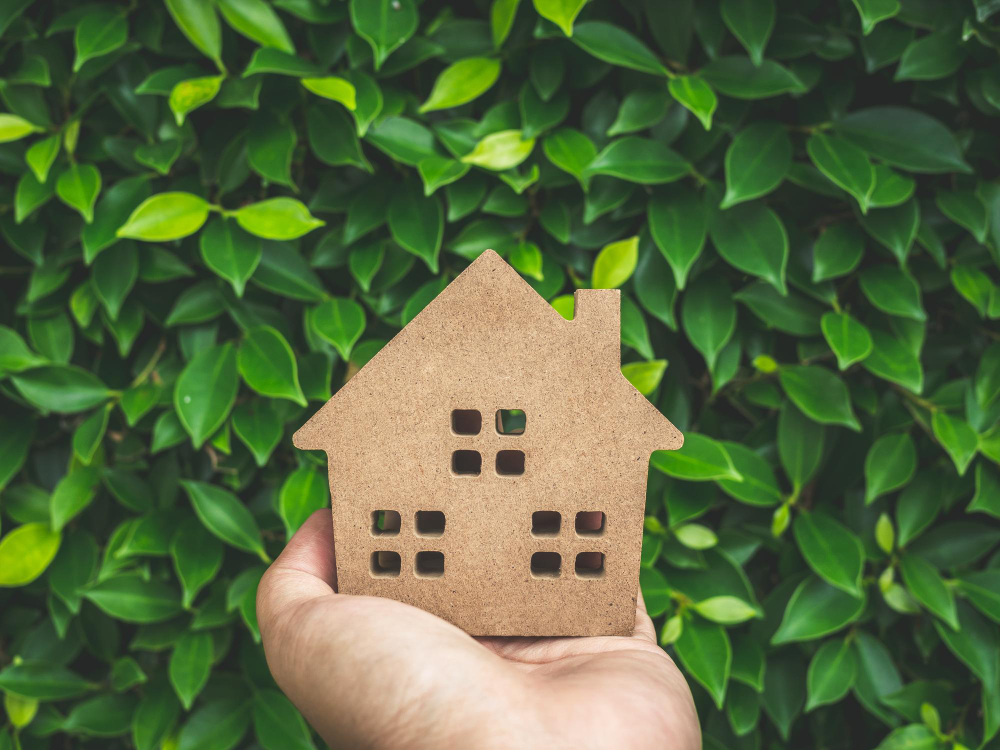
Sustainable home upgrades are pivotal in creating an environmentally friendly living space. These modifications, ranging from minor adjustments to major renovations, focus on reducing the home’s ecological footprint.
The essence of sustainable upgrading lies in adopting practices that promote efficient use of resources while maintaining comfort and aesthetic appeal. It’s about creating a harmonious balance between modern living needs and environmental responsibility.
By choosing sustainable materials, implementing energy-saving technologies, and adopting eco-friendly habits, homeowners can significantly contribute to a healthier planet. This approach not only benefits the environment but often leads to cost savings through reduced utility bills and increased property value.
Energy Efficiency: The Heart of Sustainable Upgrading
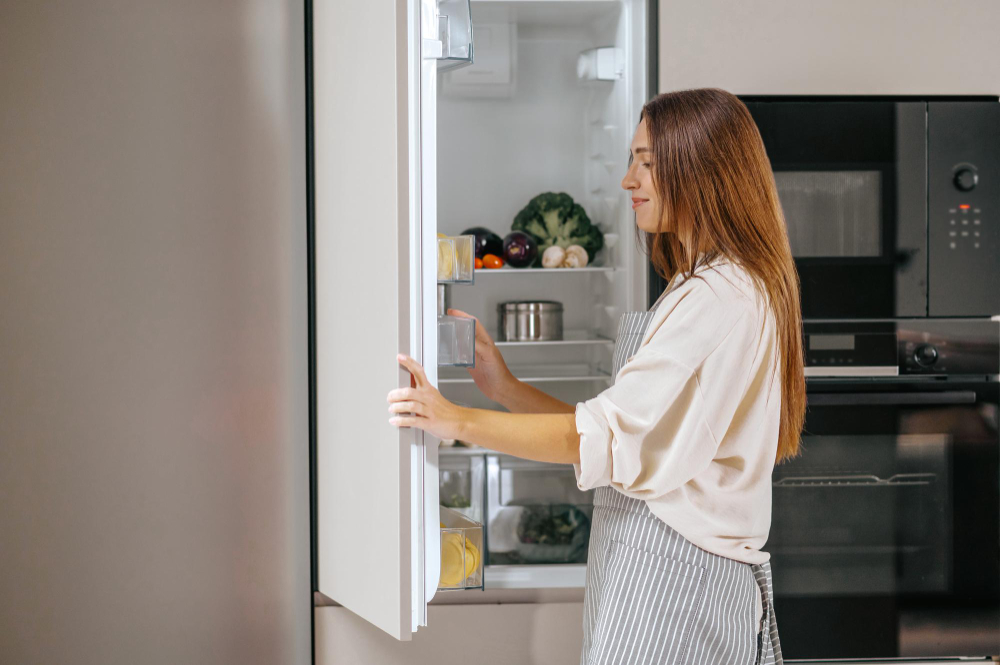
One of the most effective ways to upgrade your home sustainably is by focusing on energy efficiency. This can be achieved through various means:
- Insulation and Weatherproofing: Proper insulation and weatherproofing are crucial for maintaining a consistent indoor temperature, reducing the need for excessive heating or cooling. This not only lowers energy bills but also decreases the home’s carbon footprint.
- Energy-Efficient Appliances: Replacing old, energy-guzzling appliances with newer, energy-efficient models can significantly reduce your home’s energy consumption. Look for appliances with high Energy Star ratings, a symbol of energy efficiency.
- LED Lighting: Swapping out traditional incandescent bulbs for LED lights is a simple yet effective step. LED bulbs consume less electricity and last much longer, making them a sustainable choice for home lighting.
Utilizing Renewable Energy
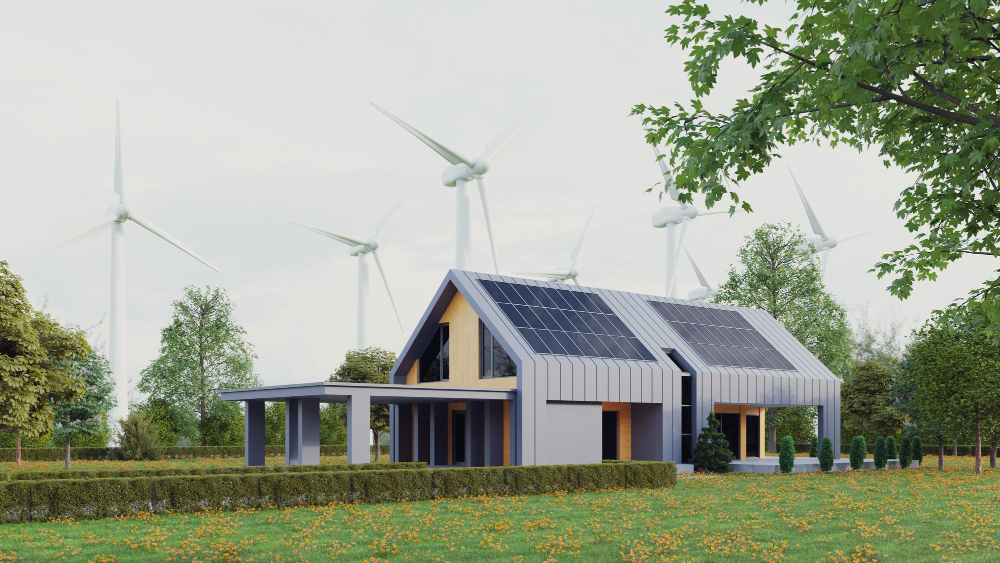
Incorporating renewable energy is a cornerstone of sustainable home upgrades. Solar panels, for example, can significantly lower reliance on non-renewable energy sources by harnessing the sun’s power for electricity.
Investing in solar water heaters or geothermal systems offers eco-friendly heating and cooling, tapping into natural, renewable resources. These technologies reduce carbon emissions and utility costs over time.
Beyond solar, exploring wind turbines or biomass energy systems, depending on geographical suitability, can further enhance a home’s energy independence. Adopting renewable energy not only aligns with environmental stewardship but also secures long-term sustainability and resilience against fluctuating energy prices.
Water Conservation Measures
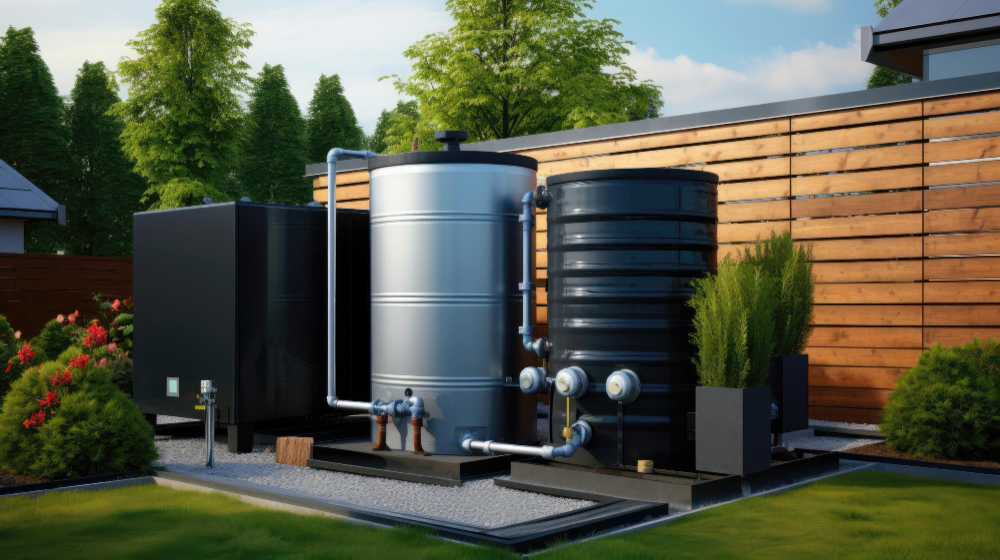
Water conservation is a critical aspect of sustainable home upgrades. Implementing low-flow fixtures in toilets, showers, and sinks can dramatically decrease water usage without sacrificing performance.
These fixtures are designed to use less water per minute, offering a practical solution to conserve this vital resource. Additionally, rainwater harvesting systems present an innovative approach to reusing rainwater for non-potable purposes, like irrigation and cleaning.
Drought-resistant landscaping, or xeriscaping, can also significantly reduce the need for watering outdoor spaces. Adopting these water-saving measures not only aids in preserving a crucial natural resource but also leads to substantial savings in water bills, making them a smart choice for eco-conscious homeowners.
Sustainable Materials in Home Renovations
In home renovations, the choice of materials significantly impacts sustainability. Opting for renewable or recycled resources like bamboo for flooring, or reclaimed wood for furniture and fixtures, contributes to environmental conservation.
Bamboo, a fast-growing and renewable resource, offers durability and style. Similarly, using recycled glass or metal for countertops and reclaimed wood brings unique aesthetics while reducing waste.
These materials not only lessen the environmental burden by conserving natural resources but also add a distinctive, eco-friendly charm to your home. Incorporating such sustainable materials in renovations not only supports ecological balance but also provides a sense of responsibility and connection to the environment.
Smart Home Technology for Sustainability
Smart home technology plays a pivotal role in sustainable living. By integrating intelligent systems like smart thermostats and lighting, homeowners can significantly reduce energy consumption.
Smart thermostats optimize heating and cooling efficiency by learning user preferences and adjusting temperatures accordingly, minimizing energy waste. Similarly, smart lighting systems can be programmed to switch off automatically in unoccupied rooms, conserving electricity.
These technologies not only offer convenience and enhanced control over home environments but also support sustainable practices by reducing unnecessary energy use. The adoption of such smart solutions contributes to a greener lifestyle, ensuring energy efficiency and promoting long-term sustainability in everyday living.
Landscaping for Environmental Benefit
Eco-friendly landscaping is a key component of sustainable home upgrades, offering significant environmental benefits. Techniques like xeriscaping, which involves using drought-resistant plants and minimizing water use, can drastically reduce the need for irrigation.
Planting native species also contributes to local ecology, requiring less maintenance and water than non-native plants. Incorporating a vegetable garden not only provides fresh, organic produce but also reduces the carbon footprint associated with food transportation.
Thoughtful landscaping choices like these not only enhance the aesthetic appeal of outdoor spaces but also support biodiversity, promote water conservation, and contribute to a healthier, more sustainable environment around the home.
Enhancing Indoor Air Quality
A vital yet often overlooked aspect of sustainable home upgrades is enhancing indoor air quality. Utilizing low-VOC (Volatile Organic Compounds) paints and materials in renovations can significantly reduce indoor pollutants.
Additionally, incorporating houseplants, which naturally purify the air, or installing advanced air filtration systems can further improve the air quality inside your home. These measures not only contribute to a healthier living environment but also align with sustainable practices by reducing reliance on chemical-based products.
Seeking Professional Assistance
For those unsure where to start, professional home remodelers specializing in sustainable upgrades can be invaluable. These experts can provide tailored advice and solutions, ensuring that your home improvements are both environmentally friendly and suited to your specific needs.
The Takeaway
Embracing sustainable home upgrades is a meaningful step towards environmental stewardship and energy efficiency. By focusing on areas like renewable energy, water conservation, sustainable materials, smart technology, and eco-friendly landscaping, homeowners can significantly reduce their ecological footprint.
These changes not only benefit the planet but also offer long-term cost savings and improve living comfort. As we become more conscious of our environmental impact, integrating sustainability into home improvements is not just a trend, but a responsibility and a smart investment for a healthier, more sustainable future.
Related reading:
Table of Contents



